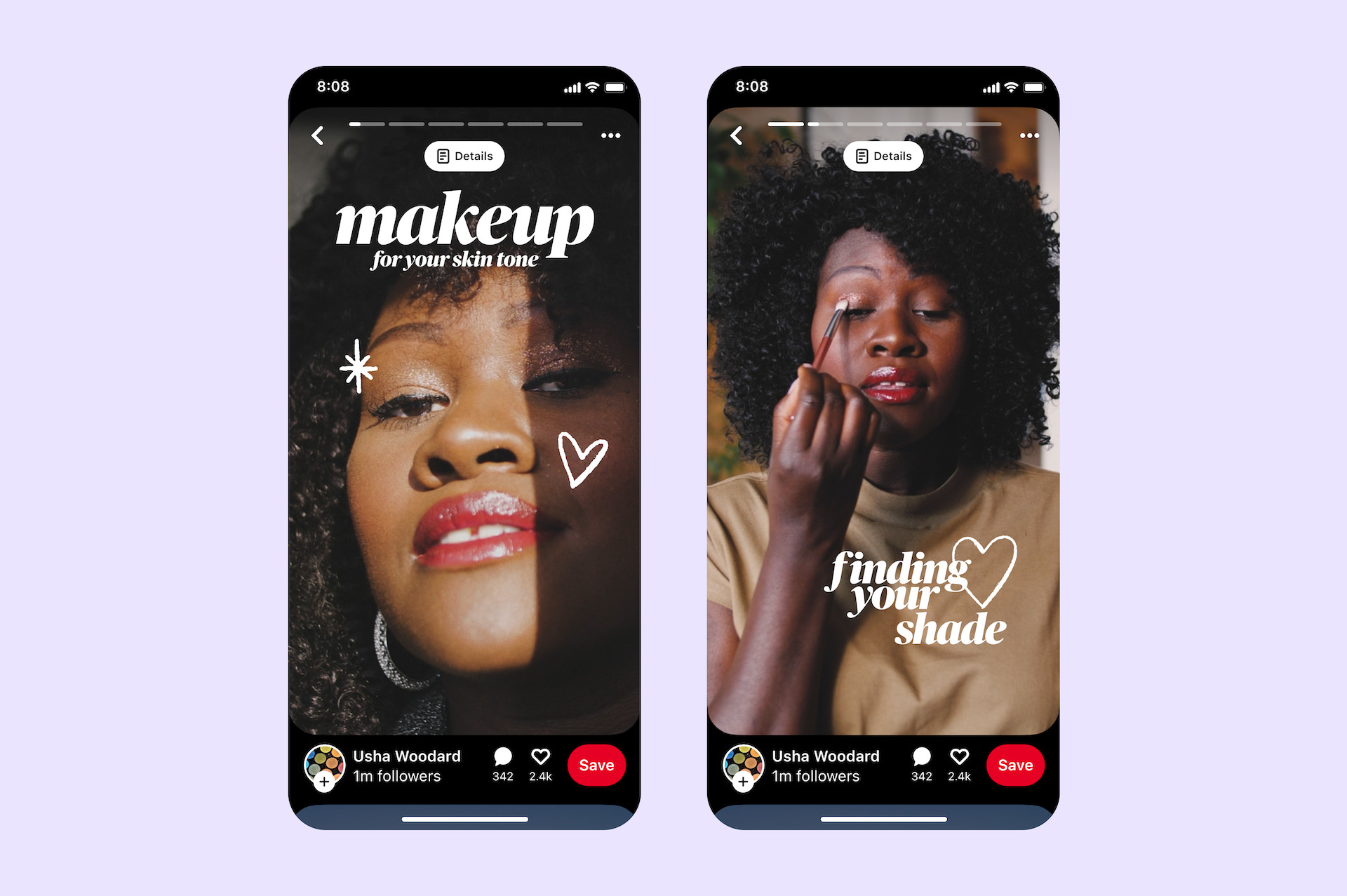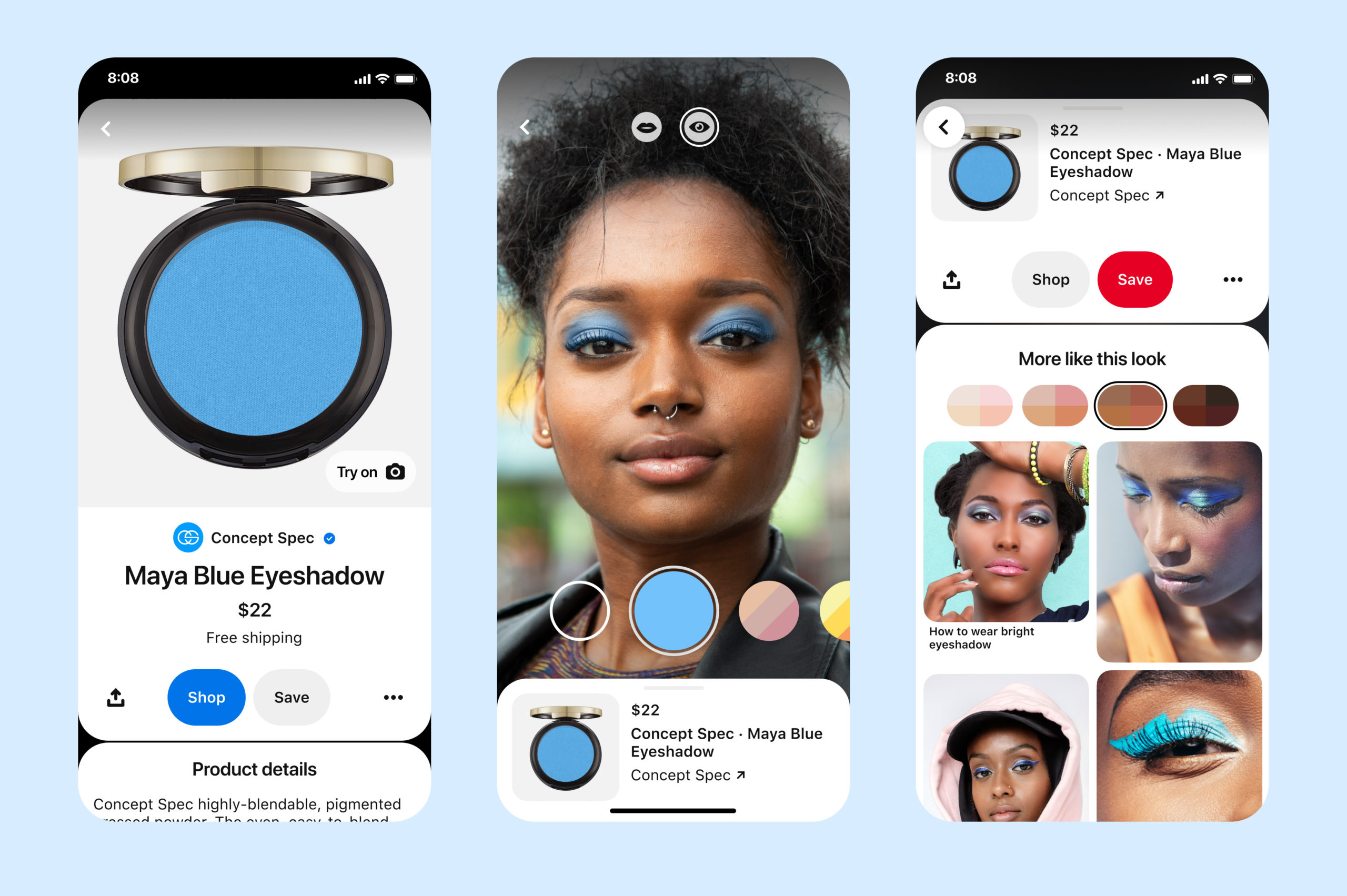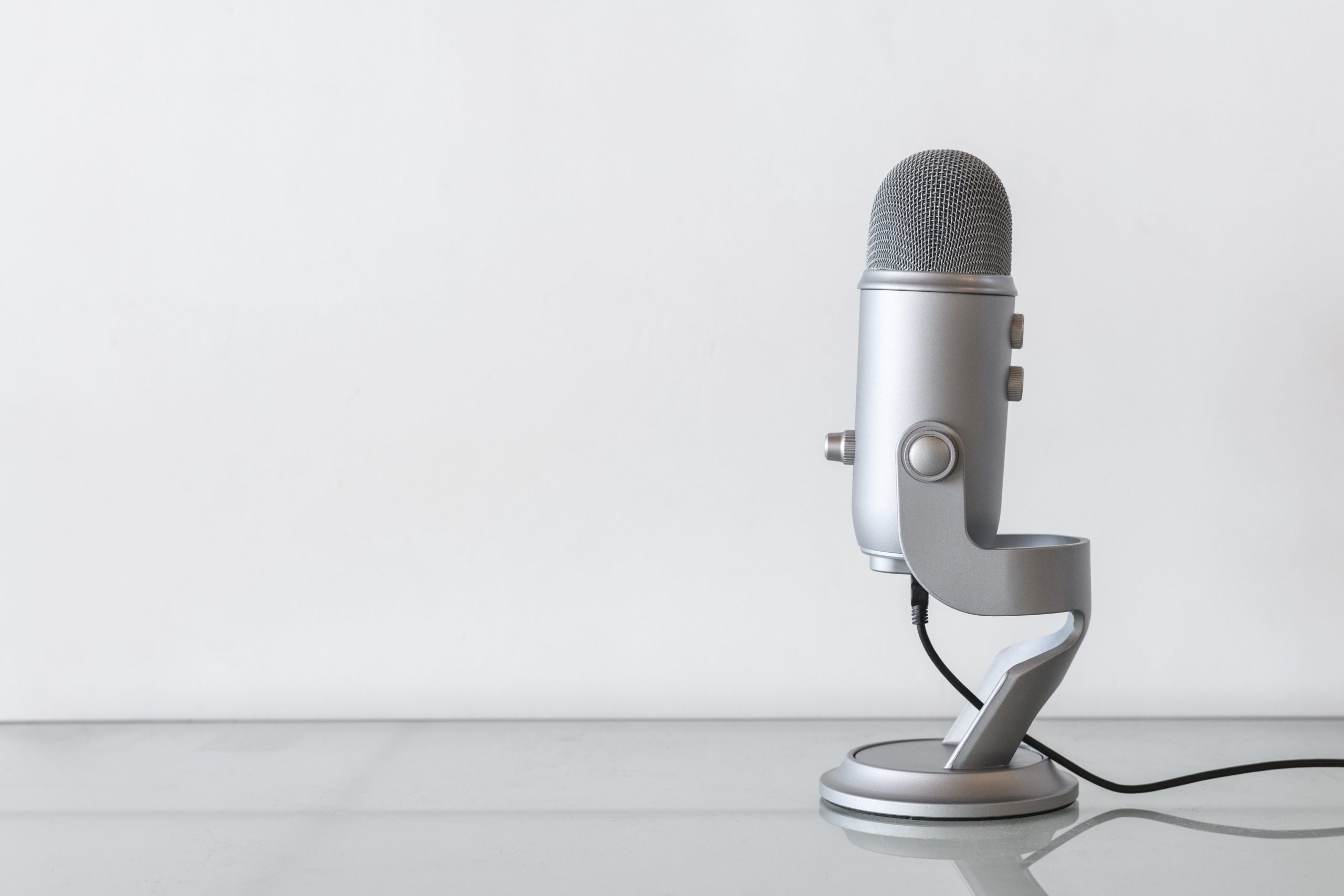Pinterest is a frequently overlooked social platform for advertising, with many marketers defaulting to Facebook and Instagram. However, it can be an excellent tool for brands looking to reach niche audiences in a discovery mindset. Inspiration is a key driver in marketing effectiveness, and Pinterest is where consumers go to be inspired.
Pinterest users are action-takers who intend to make purchases, plan projects, or develop new skills. This sets Pinterest apart from other social media platforms where users just skim through and like friends’ posts or news headlines. In other words, Pinterest is the ideal site to increase brand awareness and consideration.
If you’ve historically been hesitant to use this platform, read on to learn more about how your brand can capitalize on Pinterest ads.
What is Pinterest?
Pinterest is a social curation platform that acts as a digital inspiration board. It lets users create, share, and categorize online content per their interests. Marketers should think of Pinterest as a combination of a powerful visual search engine and online social community, making it the perfect place to promote product discovery among potential customers.
What are pins?
Users can upload and save images from the internet and add captions, descriptions, and links. These are known as pins. Pins can be saved or uploaded to customizable boards on user’s accounts to have multiple points of inspiration.
What do people use Pinterest for?
85% of Pinterest users use the platform as their first stop before beginning a new project. So, Pinterest is using this intel to lean heavily into commerce, giving users the opportunity to create shoppable pins and shopping lists. These shoppable pins are look native in the user’s feed, creating a less disruptive advertising experience. Additionally, Pinterest has new AR features that allow users to try out products virtually before purchasing. People use the platform to discover and research products and brands, making it the ideal platform to reach your audience before competitors do.
Types of Pins
There is a diverse range of ad formats you can leverage on Pinterest. Idea pins, how-to pins, downloadables, video pins, idea pins, shopping pins, and collection pins are just a few examples. Some of the newer and more valuable formats that marketers can utilize are idea pins, try on pins, and collection pins.
Idea Pins
These pins are Pinterest’s interpretation of the “story” concept that other platforms such as Snapchat and Instagram have used. Idea pins are short form video content or a series of images. These pins are usually demonstrations or how-tos.
Try-On Pins
Try-on pins use augmented reality technology to allow the user to test out a product before purchasing. From trying out makeup to seeing how a new couch would look in their living room, try on pins allow users to visualize the product in their life before purchasing.
Collection Pins
These pins consist of several elements – one large main hero asset and three smaller secondary assets. Once clicked, collection take users to a page where they can view the hero asset up close next to the secondary assets. This can help brands showcase multiple complementary items or highlight different product features in one view.
Who Uses Pinterest?
The platform has over 400 million monthly active users, who utilize the platform to plan projects, make purchases, and become inspired. Pinterest’s user base is primarily female, with 60% of their global audience consisting of women. Unsurprisingly, women are also the most likely to make purchases on Pinterest.
However, the user base is steadily diversifying, with male and Gen-Z users growing by 40% this year. Additionally, 45% of social media users who bring in an average household income of over $100K are active Pinterest users, meaning Pinterest users are high earners and high spenders. People in many different life stages, and with many different interests (from new homeowners to hobbyists to gift shoppers), utilize Pinterest.
How to Advertise on Pinterest
To start advertising on Pinterest, you must first create a Pinterest Business account. This gives you access to analytics, exclusive pin formats, and the ability to create ad campaigns. From there, you will receive a prompt to select a campaign objective.
Pinterest advertising objectives include:
- Brand awareness – Brand awareness helps consumers to discover your brand, products and services
- Video views – Video views optimize the quality and duration of views, as well as completion rates
- Web sessions – Web sessions drive visitors to your website and increase awareness and consideration
- Conversions – Conversions encourage users to take action, such as signing up for a mailing list, or adding items to their cart
- Catalog Sales – Catalog sales aide in the discovery process, helping users find products and services
These objectives determine your spend and ad formats, so choosing one that most accurately reflects your company’s business goals is important.
How to Target on Pinterest
Advertisers have several options when it comes to targeting. You can target users who have already interacted with your brand online, find new customers through lookalike modeling, target by keywords, or even create a target audience by uploading a mailing list.
Pinterest also gives users the ability to target by interest with their premade interest targeting options. For example, if you were advertising a modern chair, you could select “contemporary design” or “modern home aesthetic” in order to refine your audience even further.
4 Pinterest Advertising Tips
Here are four best practices to maximizing your advertising efforts on Pinterest:
- Keep it Visual: On Pinterest, visuals are everything, so it is important to tailor your creative to the platform. Users are looking for pins that look good on their boards, so make sure your creative is high quality and aesthetically pleasing.
- Mix it Up: The most successful Pinterest marketing campaigns are experimental, so vary the type of pins you use. Like many other platforms, short-form video content typically performs well on Pinterest. Video ads autoplay on mobile devices, which highlights your ad against other pins. Mix in different styles of content to keep your audience engaged.
- Lean into Analytics: Pinterest ads manager allows advertisers to track their campaigns and access valuable analytics. Use these metrics to understand trends and optimize business goals.
- Be Descriptive: Utilize the description for each pin to give the user helpful, inspiring context and let them know why they should save your pin.
Pinterest ads offer brands a great opportunity to reach reach and persuade niche audiences. If you’re in search of a new platform to breakthrough the noise and engage consumers, don’t over look Pinterest.
For more tips, view our 2023 Social Media Advertising Trends article here.









